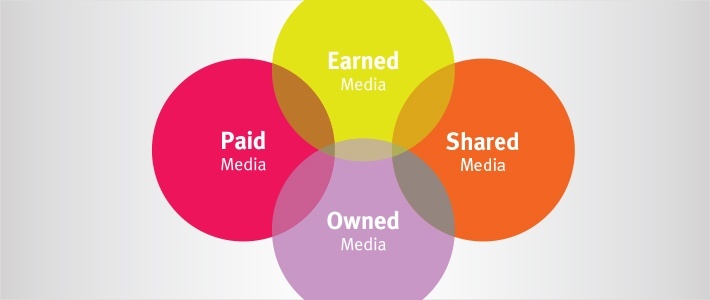No sooner are the principles of ‘owned’, ‘earned’ and ‘paid’ media learned, absorbed and deployed then along comes PESO – a four letter acronym replacing the three well understood words to add further complexity.
PESO stands for paid, earned, shared and owned and clearly draws heavily on the former model. The ‘shared’ component is an acknowledgement of the importance of social channels to disseminate ideas, arguments and content. It is also an acceptance that sharing transcends owned, earned and paid. As such, it is a welcome addition to our understanding of modern day communications.
PESO is not a panacea – it needs to be applied rather than adopted wholesale – but it is an effective way of co-ordinating comms in a world of native advertising, social media, blogger outreach and media disintermediation. A model, in other words, for a maturing digital publishing landscape. And it is a model to be used by marketers and PRs alike. As the woman who popularised PESO, Gina Dietrich, says: “PR is marketing. PR is sales. PR is customer service.”
In other posts, we’ll explore paid, earned, shared and owned in more detail but to give a sense how they might work – separately and together – let’s consider each in turn.
Paid
Traditional marketing campaigns tend to focus on mass media, above the line channels. And while broadcast, print and outdoor still matter, PESO practitioners are more interested in the tools of the digital trade – piggy-backing on the enormous reach of the web’s search and social platforms. This means Facebook sponsored posts, LinkedIn Ads, YouTube pre-roll and Google AdWords, as well as using content recommendation engines such as Taboola and Outbrain.
Earned
Think of earned as traditional PR with a digital twist. As audiences proliferate online so the nature of the influencer – those that might mediate the message – alters. As such earned means press relations, certainly, but it is also about blogger outreach and social media sharing (LinkedIn groups, professional forums and so on). Throw in investor and internal stakeholder relations to understand the scope of an earned media strategy.
Shared
Not just organic social media activity but paid and owned too. For social media don’t just think social networks – LinkedIn, Facebook and Twitter – also think video sharing, wikis and forums. And remember, social sharing is now rewarded twice over – first by instant traffic and reach and second, thanks to adaptations of Google’s algorithm, by improved search engine optimisation.
Owned
This is about company-owned digital destinations – websites, apps and newsletters. But it is also about customer magazines. Print still matters, helping to convey gravitas and providing an enduring physical presence. And whether it’s digital or print, the content mix remains the same – customer stories, case studies, thought leadership and expert analysis.
So how do organisations get the most out of the PESO model? Begin by remembering these three principles:
- Map PESO against the marketing funnel. Different components of PESO are likely to play better at various points along the decision-making process. For example, paid and shared might be best deployed to extend reach and raise awareness while earned might add credibility and owned might host the collateral – think case studies and service specs – that convert would-be customers and clients into actual customers and clients.
- Remember, PESO is more than the sum of its parts. While PESO neatly divides modern communications channels into four component parts, conceptually it should be thought of as an interlocking Venn diagram. So brand journalism (owned media) can benefit from promotion as native advertising (paid media). Equally, positive media coverage (earned media) can be amplified by social media outreach (shared media).
- Good quality content matters most. PESO offers a framework for strategies and tactics to extend reach, raise awareness and reinforce communication but it is not replacement therapy. Clear and compelling messaging still matters. Great quality content – conceived and delivered with the audience in mind – will out. Always.


